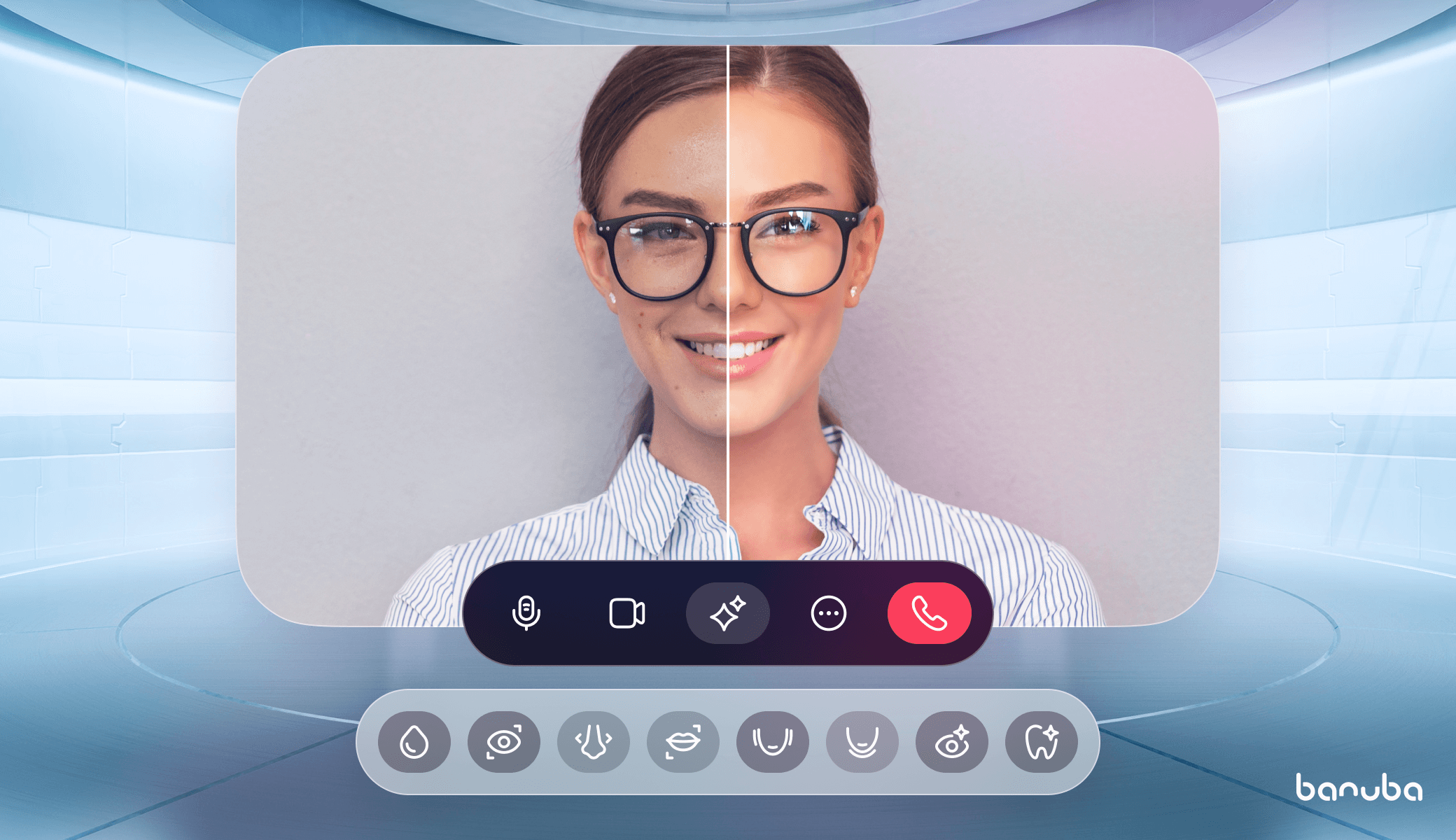[navigation]
TL;DR:
- AR beauty is technology that retouches a person's appearance with augmented reality;
- Relevant effects include facial feature editing, face retouching, AR makeup, etc.;
- See the step-by-step integration instructions below for details on how to integrate these effects into your app.
What Is AR Beauty Technology
Beauty AR is a simple and easy-to-use Photoshop option in the pocket for anyone with a smartphone. The digital face beautification technology allows users to tune, retouch, or change any aspect of their appearance in an instant. It is a part of a broader "beauty tech" term that also includes other similar software.
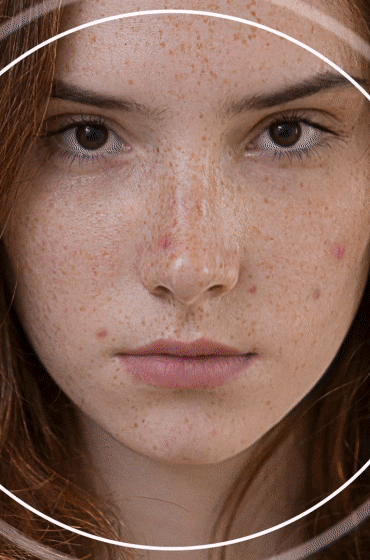 Beauty AR Technology For Photo And Video Processing
Beauty AR Technology For Photo And Video Processing
AR solution companies advanced the visual effects so far that beauty industry users can go beyond mere retouching. They can naturally transform into someone else trying on styles, makeup outlooks, and hairstyles with a tap.
With advanced computer vision and deep learning algorithms under the hood, digital face beautification does the job so perfectly that sometimes it’s hard to say what’s real.
How Developers Benefit From Beauty AR Technology
By integrating face editing features into their apps, developers can increase their active user base and session time. Face altering is still a novelty and can spread on social media like a fire. It’s a great tool to drive traffic to the app organically, by “word of mouth”. It takes one celeb to share a selfie, and the rest will pick up the new beauty industry trend.
Beauty filters in telecommunications and video conferencing remove the barrier to distant communication. With them, users can enjoy conversation without having to worry about their appearance.
Standalone beauty tech apps are in demand too. Over the recent years, they have grown in numbers due to the pool of benefits they deliver. They are easy to target and monetize for makeup brands and beauty industry companies.
The latest trend in beauty AR is AR Try-On. It combines the fidelity and accuracy of virtual makeup with AI analytics that suggests the best cosmetics for each user based on their looks.

Must-Try AR Makeup and Beauty Features for Your App
Today’s most popular beauty tech tools include morphing, face tuning, virtual makeovers, filtering, and facial feature adjustments. Each of these features finds its application in a variety of domains. Here, we take a closer look at how to face editing works and its use cases.
Face Morphing
Morphing allows users to change the size and shape of the face. By moving the vertices of the 3D model of the face, you can slim down cheeks, chin, and nose to name facial features more delicate.
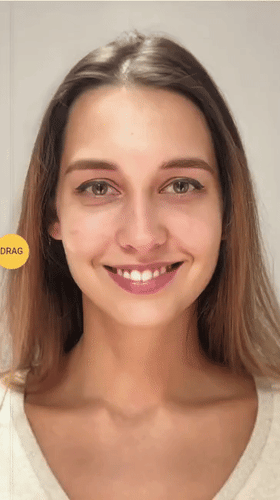 Face Beauty API Demo: Morphing
Face Beauty API Demo: Morphing
On the technical side, morphing effects are designed with the face mesh applied to the base mask. The example below shows the base mask (pink contour) and the morphing effect (green contour). The morphed face mask is applied to the recognized user with the help of face tracking technology and artificial intelligence.
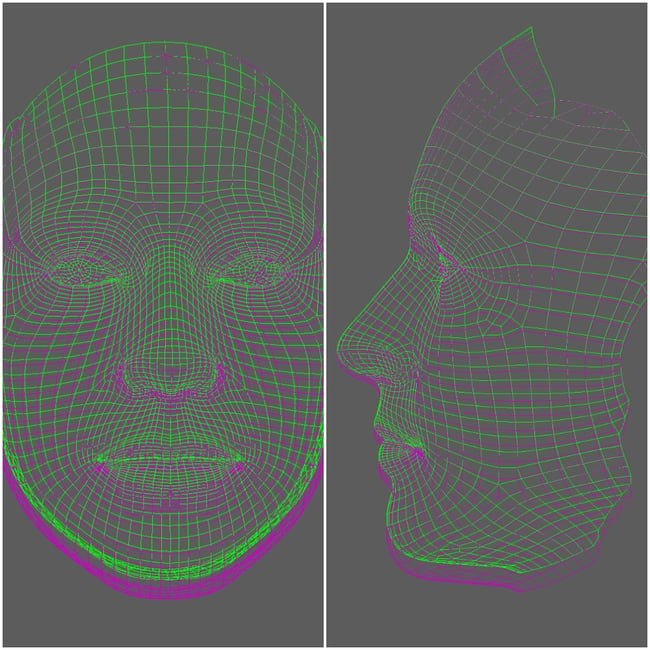 Beauty Filter: Base Mask and Morphing Effect
Beauty Filter: Base Mask and Morphing Effect
Video Face Beautification
Portrait beautification includes tools, filters, and algorithms to enhance the face. Among its primary components helping to improve the user's attractiveness are skin smoothing, also called face softening, teeth whitening, LUTs, and eyes-effect.
The face beautification technology can be integrated as an all-in-one retouch filter to address camera distortion and improve the video communication experience. These features can be used separately in full-featured face editing apps where the main goal is to enhance a selfie.
Face Retouching
In contrast with face beautification aimed to enhance the image, the blemish removal tools can help users fix their appearance imperfections. Users can remove acne, wrinkles, spots, and eye bags in photos. The artificial intelligence is trained to perform specific tasks based on the input face data like skin tone.
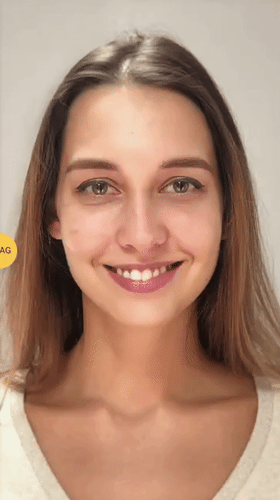 Face Beauty API Demo: Eye Bag Removal
Face Beauty API Demo: Eye Bag Removal
AI retouching achieves the most realistic effect similar to professional photography. The example below showcases the face skin smoothing algorithm. Unlike the blur filters that can make a face over-smoothed, the algorithm retains the skin texture and achieves natural beauty, showing that the first word in "beauty tech" is more important than the second.
-1.jpg?width=599&name=pjimage%20(1)-1.jpg) Face Beauty API Demo: Skin Smoothing
Face Beauty API Demo: Skin Smoothing
AR Makeup (Coloring)
AR makeup technology has firmly established itself in cosmetics industry, allowing people to test beauty products virtually with facial detection. It’s also widely popular in face editors, and photo and video retouching apps where users can have fun with different makeup looks and hair colors.
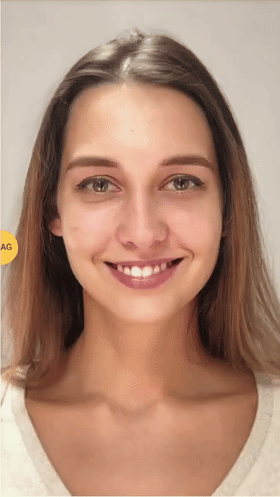 Face Beauty API Demo: AR Hair Color
Face Beauty API Demo: AR Hair Color
Whether you’re developing a makeup app, building a smart beauty mirror, or looking to power your cosmetics web store with virtual try-on, AR makeup technology creates a true-to-life digital experience of physical products.
Face Modifiers
AI-powered face modification technologies can drastically change a face. Aging filters to visualize how you could look in the future. Face Swap algorithms that merge two faces for entertainment purposes like in Snapchat or stand-alone face editing apps. Here is an example of lips-changing algorithms that can add volume.
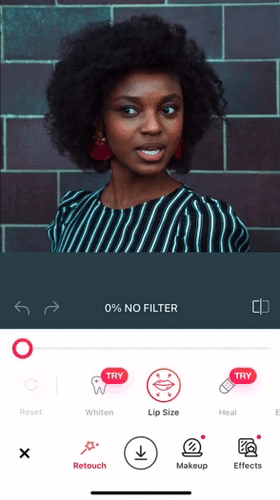 Face Beauty API Demo: Lips Reshape
Face Beauty API Demo: Lips Reshape
Lips morphing can be integrated with medical apps to demonstrate the effect of a lips filler simulator. Unlike filter-based morphing, it builds on a lips segmentation neural network to accurately detect the shape of a user's lips and realistically augment them.
How to Add Beauty AR Features to Your App: SDK and APIs
If you want to integrate the face editing features into your app, Beauty AR SDK is worth your attention. Depending on the feature set, the SDK is supplied with Face Beauty API or Makeup API.
The API allows you to call face editing features in your app using predefined methods. Instead of delving into SDK core functionality and writing code, you can use the corresponding methods to edit the face.
Face Beauty API
The Face Beauty API calls methods are designed to help you integrate face modification and touch-up functionality into your app. It aims to make the user feel comfortable about the camera experience.
Makeup API
The Makeup API allows you to integrate virtual makeup try-on features into your app. Users can test contouring, foundation, eye makeup, lipstick, and more. You can create AR try on experiences from single products, and combined makeup filters to complete virtual makeovers.
Both the Makeup API and Beauty API use the same face effect to call beautification or makeover features. As a result, you can easily combine these features in your app to develop full-featured face editors that match your audience and use case.

7 Beauty AR Technology Use Cases
Beauty tech try on for cosmetics industry and face editing functionality can be perfectly used as a standalone app or integrated into other apps. Here are apps and features you can build with Face Beauty API.
Photo and video editing software
Using Face Beauty API, you can develop full-featured face editor apps or integrate them into your photo and video editing software. Face editing technology makes apps more feature-rich and increases user engagement giving users multiple options to modify their appearance.
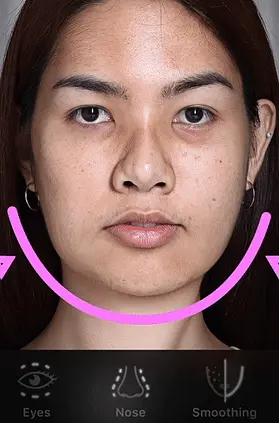 Let users morph features independently as in photo editors
Let users morph features independently as in photo editors
Live streaming
Beauty filters integrated with live streaming apps can inspire users to generate more content. The AR beauty technology runs perfectly on all mobile platforms and the web.
Video conferencing
Skin smoothing and AR beauty filters can automatically enhance the user's appearance during virtual meetings.
Entertainment
Beauty AR features can come as part of augmented reality filters and masks together with rich graphics and animation. Users can enjoy to the fullest the most quality and varied filters like Snapchat or TikTok provides.
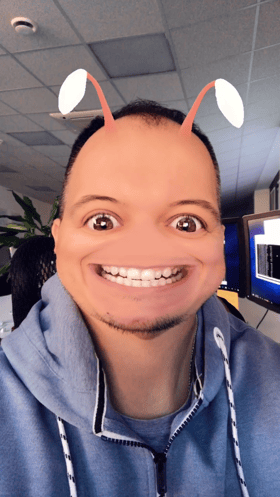 Bring in fun morph filters in your Snapchat-like app
Bring in fun morph filters in your Snapchat-like app
Medical apps
Let users preview the effects of plastic surgery: fillers, facelifting, or botox.
Beauty salon apps
The augmented reality technology allows beauty salons to demonstrate cosmetic procedures' before/after effect and demo skincare products.
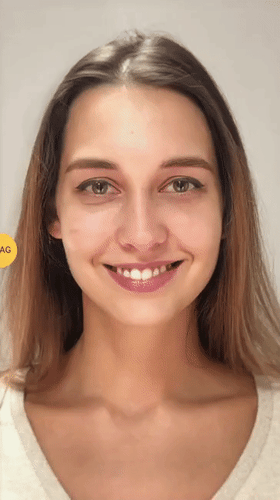 Showcase skin tan before and after effect
Showcase skin tan before and after effect
Video chat apps
Many apps integrate video chat and camera presenting functionality. Beauty AR features can be a valuable add-on to music and karaoke apps, dating apps, and social games to enhance the user experience.
Summing up
Today, face editors are among the most widespread applications available across the entire spectrum of beauty tech. The Global Photo Editing Software Market was estimated at $773.3 million in 2019, with a projection to grow to $1,485.2 million by 2027.
Companies in cosmetics industry, video communications, and social media have embraced face beautification technology making it part and parcel of their digital offerings. As users are getting more selective and the technology becomes more common, developers struggle to market new camera apps effectively. Discover how you can create an unparalleled Beauty augmented reality experience in your app with our technology.

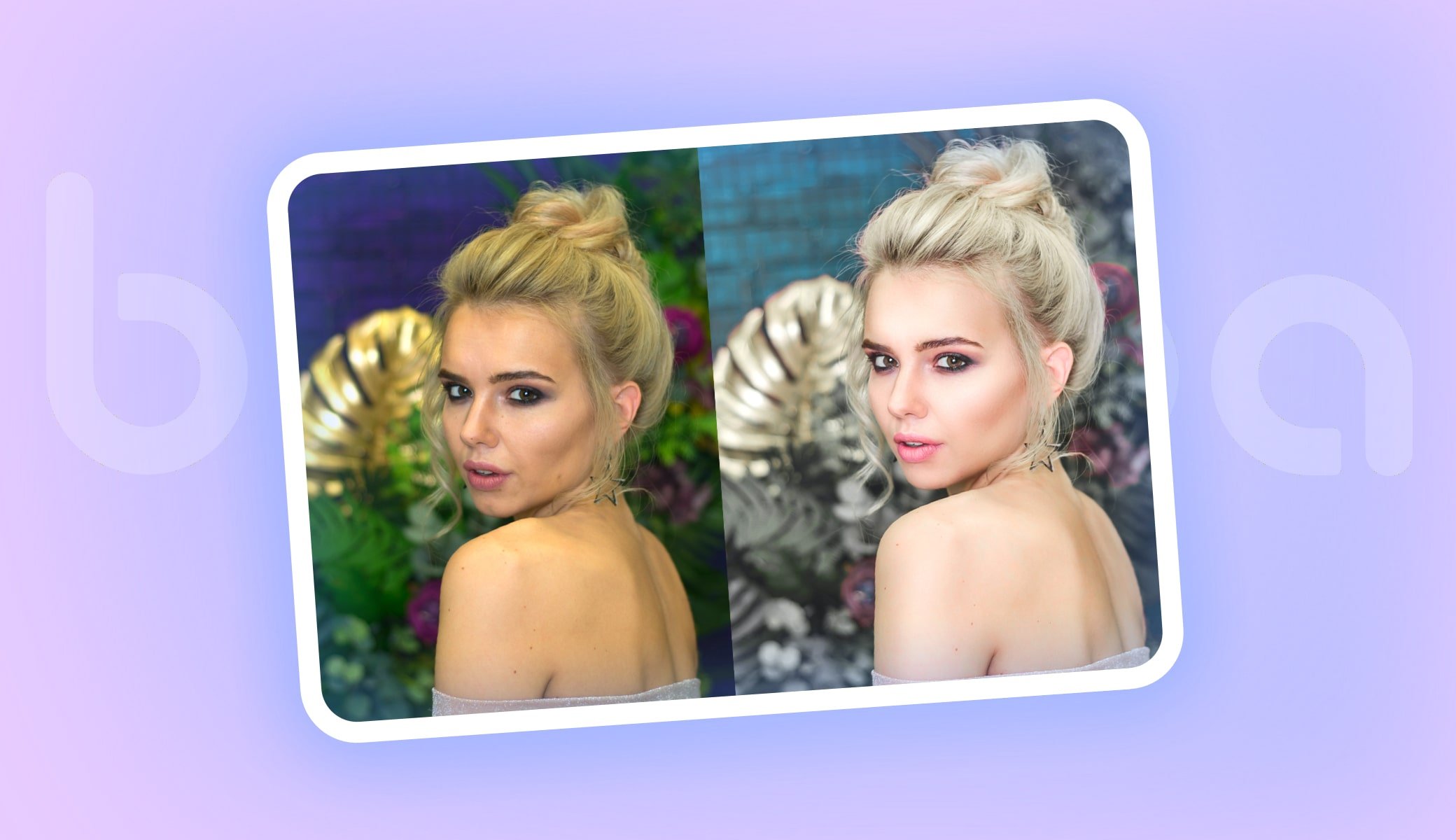

 Beauty AR Technology For Photo And Video Processing
Beauty AR Technology For Photo And Video Processing
 Face Beauty API Demo: Morphing
Face Beauty API Demo: Morphing Beauty Filter: Base Mask and Morphing Effect
Beauty Filter: Base Mask and Morphing Effect  Face Beauty API Demo: Eye Bag Removal
Face Beauty API Demo: Eye Bag Removal-1.jpg?width=599&name=pjimage%20(1)-1.jpg) Face Beauty API Demo: Skin Smoothing
Face Beauty API Demo: Skin Smoothing Face Beauty API Demo: AR Hair Color
Face Beauty API Demo: AR Hair Color Face Beauty API Demo: Lips Reshape
Face Beauty API Demo: Lips Reshape Let users morph features independently as in photo editors
Let users morph features independently as in photo editors Bring
Bring Showcase skin tan before and after effect
Showcase skin tan before and after effect
